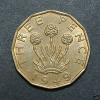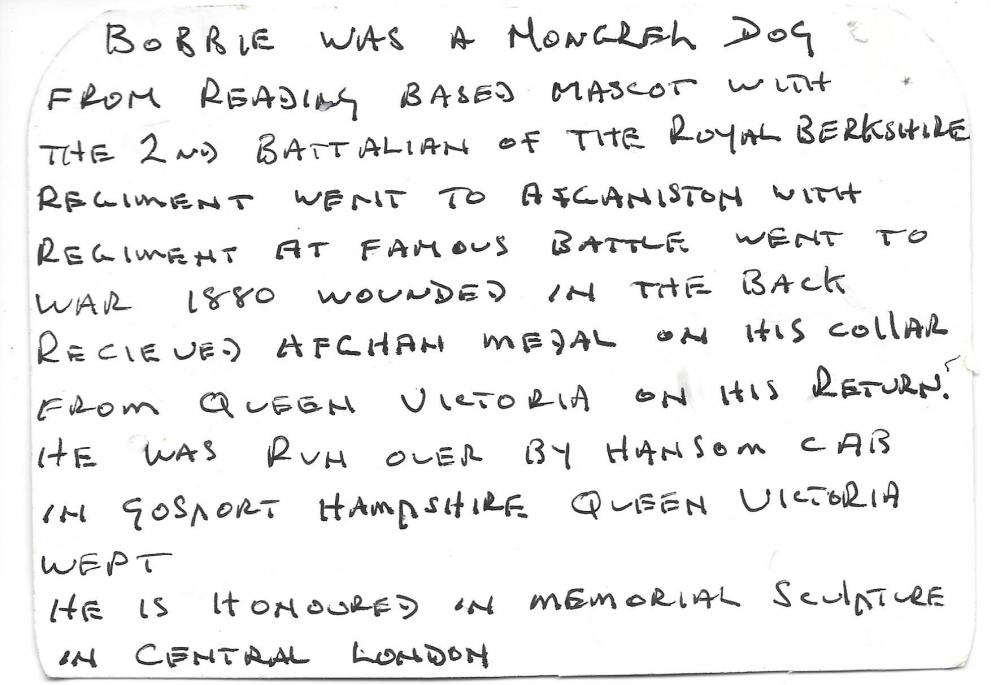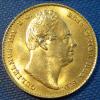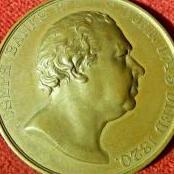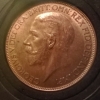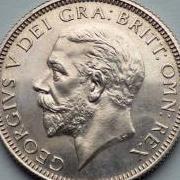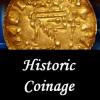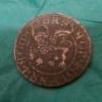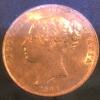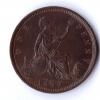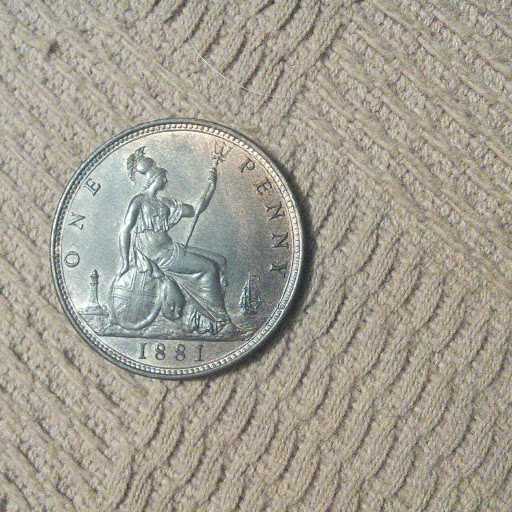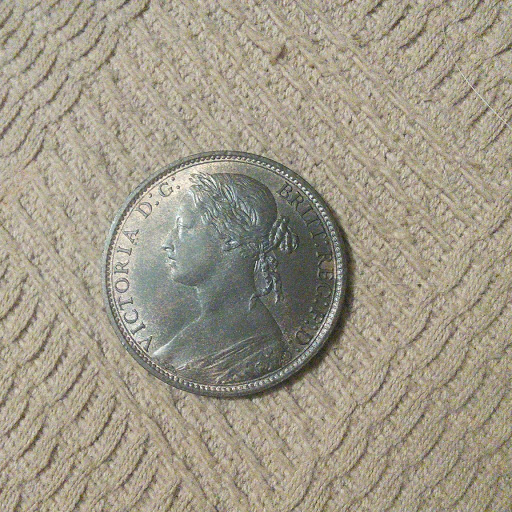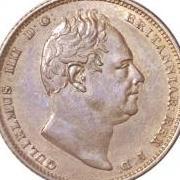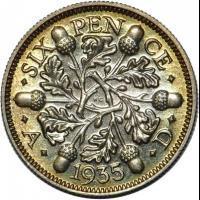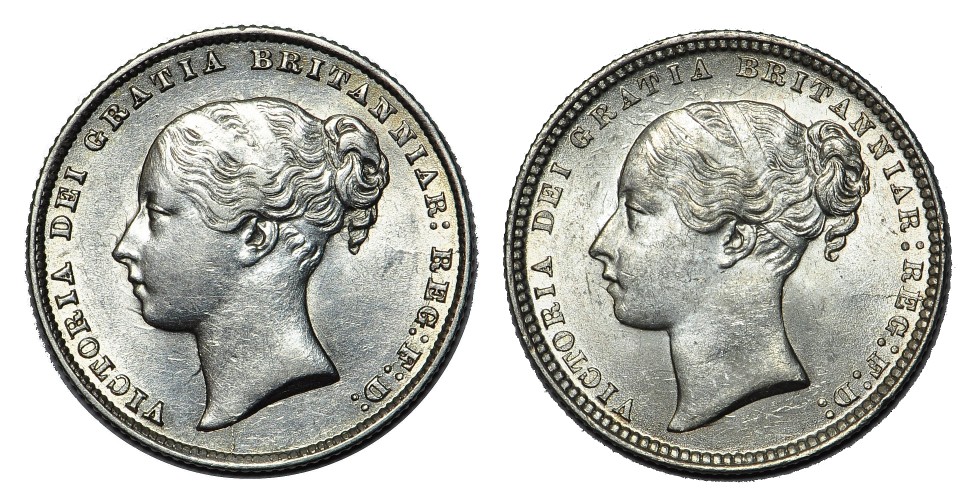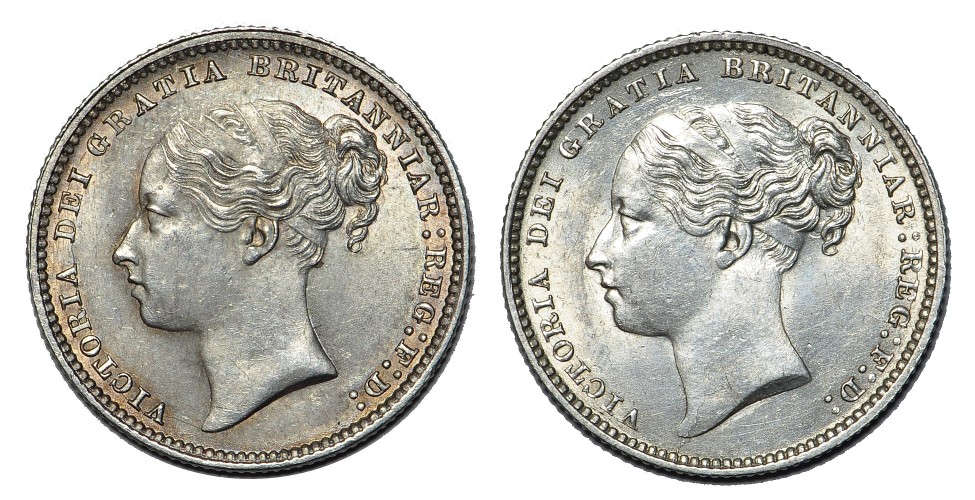Leaderboard
Popular Content
Showing content with the highest reputation on 02/09/2018 in Posts
-
Until recently little is known that the author of Sherlock Holmes, Sir Arthur Conan Doyle is an avid coin collector. Reading some of the articles here http://fourthgarrideb.com/2014/10/05/holmework-assignment-arthur-conan-doyles-coin-collection/ it appears at one time ACD collected Anglo Saxon to Charles II but auction the lot in 1913 at Sotherby because he decide to devote exclusively to ancient Greek and Roman coins. His collection of ancients were eventually broken up and sold by Manfra in 1968. I suspect coins with tickets with ACD writings would command a premium. Here is a tray from a cabinet that belong to ACD3 points
-
3 points
-
Somewhere in Tony Clayton's site is a list of which die numbers have been found for which dates, but I can't remember whether he goes down to Davies number detail, and he certainly doesn't go into relative scarcity...2 points
-
2 points
-
Even in Australia there are a lot of decimal varieties (particularly after the introduction of the Ian Rank-Broadley obverse). I suppose modern mints are just as interested in extending die life as the mints of last century.1 point
-
Thanks Paddy that's a great start. I didn't think I would be as into the decimal side as I have found myself lately, although predecimal is still my main collection.1 point
-
OK - I have done that. I am not great at spotting small details but as far as I can work out: 1972 - One set, Type A, no frosting 1973 - One set, Type A, no frosting 1974 - Two sets, one type A no frosting, one type B with frosting, 1/2 P also frosted 1975 - Two sets, one Type A no frosting, one type B with frosting, 1/2 P also frosted 1976 - One set, Type A no frosting. All the type As are in my older collection, which I have had for about 15 years and came from one auction together. The two sets with type B I picked up at a different auction about 5 years ago. I hope that helps! I admire the work you are doing on these but I'm afraid I am NOT going to become a decimal coin variation collector!1 point
-
1 point
-
1 point
-
1 point
-
In case anyone is interested: https://www.ebay.co.uk/sch/historiccoinage/m.html1 point
-
Somehow - hearing this from someone I have never met on a coin site DOES make me feel better for not buying them - thank you! :-)1 point
-
Sorry i dont have a clue about them....when the item was first listed the picture was of a GATE1 point
-
I think I have one in similar condition to that listed... it came with a job lot of scrappy and damaged random silver hammered coins. Fills a gap and at an average of about £2.00 per coin I was quite pleased... wouldn't pay £30 quid for it though.... maybe I would for your VF version, lol, but I don't need it that badly, I am happy with my filler.1 point
-
Good move. The 5 big dark coins all look like modern reproductions. Even with the low light background he's tried to photograph them under they scream fake.1 point
-
1 point
-
1 point
-
Likewise a bit non-plussed to see that 1860 penny on LCA already! The prices of your offerings were generous, and I am sure most of us (myself especially) were very grateful for the opportunity to add to our collections. Obviously in time all collections do get dispersed, but the impression here is of simply taking advantage. Jerry1 point
-
1 point
-
Also they postage charges from the states are phone book numbers. I mean I can send to any country in the world £500 insured signed for for £10 max. Where do they get these $20-$60 postage costs from? A jamboree bag?1 point
-
there are some lovely british coins for sale in the states, just the import duty is a killer1 point
-
Easiest way to tell Davies obv 4 from Davies obv 5 is the tip of Victoria's bun. Davies obv 4 ends in a closed loop, Davies obv 5 ends in an open hook as per 1st picture. 1867 is the only year for which both obv 4 and obv 5 exist and there are two reverses, so 4 combinations; 4+A, 4+B, 5+A and 5+B. DN 16 & 17 are 5+B, DN 18 is 4+B, DN 23 is 5+A, all the rest are 4+A. The 2nd picture shows Davies obv 6 and obv 7. Both bun tips are closed loops but slightly different shapes. The Spink designations are Davies obv 4 (S.3904 & S.3905), obv 5 (S.3906A), obv 6 (S.3907A), obv 7 (S.3907).1 point
-
I like to refer to Spinks as the Insurance Man's price index . As in the prices quoted are what you are likely to receive from an insurance claim should a coin get lost or stolen. As for market prices it all depends on supply and demand. You never can tell with the sort after coins they will always defy any catalogue pricing weather it be well over or well under. You know it is all down to how many are bidding and who wants it the most. But for the general prices they are usually ok as a starting point but remember with spinks UNC is MS65 or UNC 82 and unblemished. Prices between UNC 80 and 82 are worlds apart obviously because we all want the best we can afford or the best grade damn the expense . This is where the crossover from US grading and UK grading causes pricing issues. The US think XF-40 is the same as our EF and price it according to our EF catalogue listings. Absolute nonsense really because whilst they may be correct in the grade of XF-40 it is only VF in UK and nobody but a complete muppet would pay EF price for VF coins although many have and all part of the learning curve. If you are a seller you will always quote Spinks cat prices. If you are a buyer you will quote any other catalogue as they have the more sensible pricing . It's finding the middle ground that's a minor issue. But if you have done your homework and can show other examples even if they are by links to auction sites you would be surprised that even the most negative response to a lower offer can normally be adjusted to suit both parties. Ok waffled too long . Myself personally and I am sure the rest of the brother/sisterhood would have a clutch of different price catalogues. The more you have the easier it is to place a coin in a price range you can work with.1 point
-
I would always take a genuinely toned coin over a lustered shiny one. It gives character and a life rather that a flat perfect disc. I would leave it alone, it looks lovely1 point

